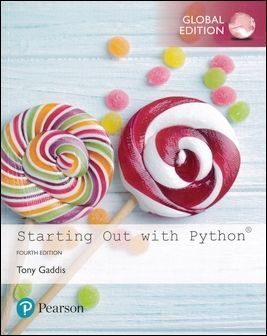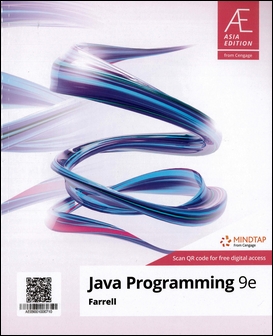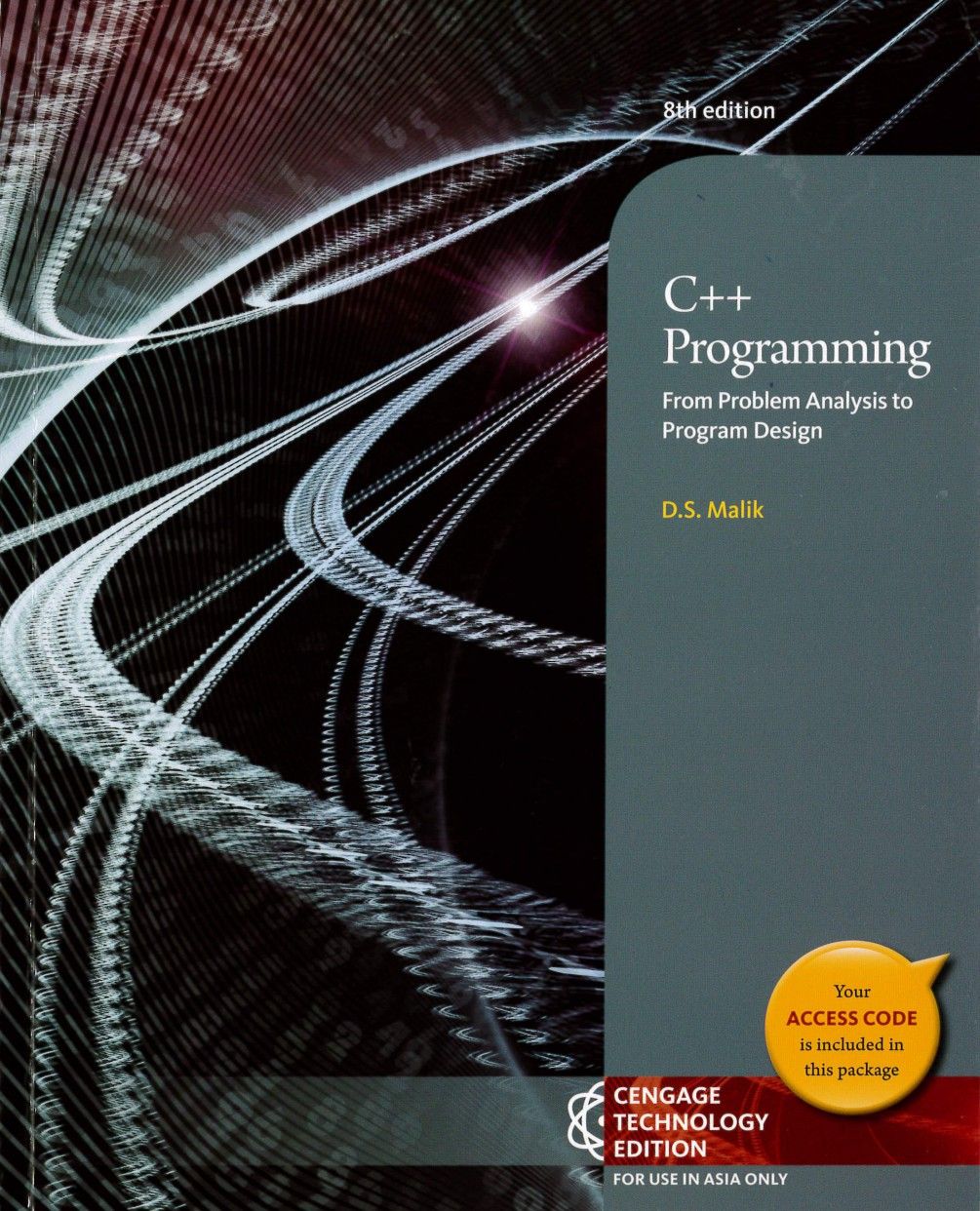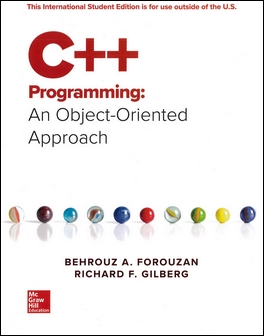書籍分類
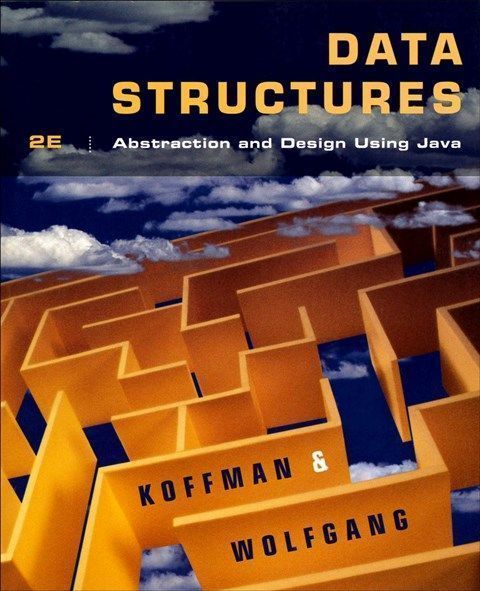
Data Structures: Abstraction and Design Using Java 2/e ( (新版亞洲限制銷售)
作者:Elliot B. Koffman, Paul A. T. Wolfgang
原價:NT$ 1,700
ISBN:9780470128701
版次:2
年份:2010
出版商:John Wiley
頁數/規格:803頁/平裝雙色
參考網頁:Data Structures: Abstraction and Design Using Java 2/e
版次:2
年份:2010
出版商:John Wiley
頁數/規格:803頁/平裝雙色
參考網頁:Data Structures: Abstraction and Design Using Java 2/e
內容介紹 本書特色 目錄
- Description
This text combines a strong emphasis on problem solving and software design with the study of data structures. To this end, the authors discuss applications of each data structure to motivate its study. After providing the specification (interface) and the implementation (a Java class)case studies that use the data structure to solve a significant problem are introduced.
Data Structures:Abstraction and Design Using Java, 2e lays the foundation for programmers to build their skills. The focus is placed on how to implement effective programs instead of producing mathematical proofs. The coverage is updated and streamlined to provide a more accessible approach to programming. They’ll be able to develop a thorough understanding of basic data structures and algorithms through an objects-first approach. Data structures are discussed in the context of software engineering principles. Updated case studies also show programmers how to apply essential design skills and concepts.



